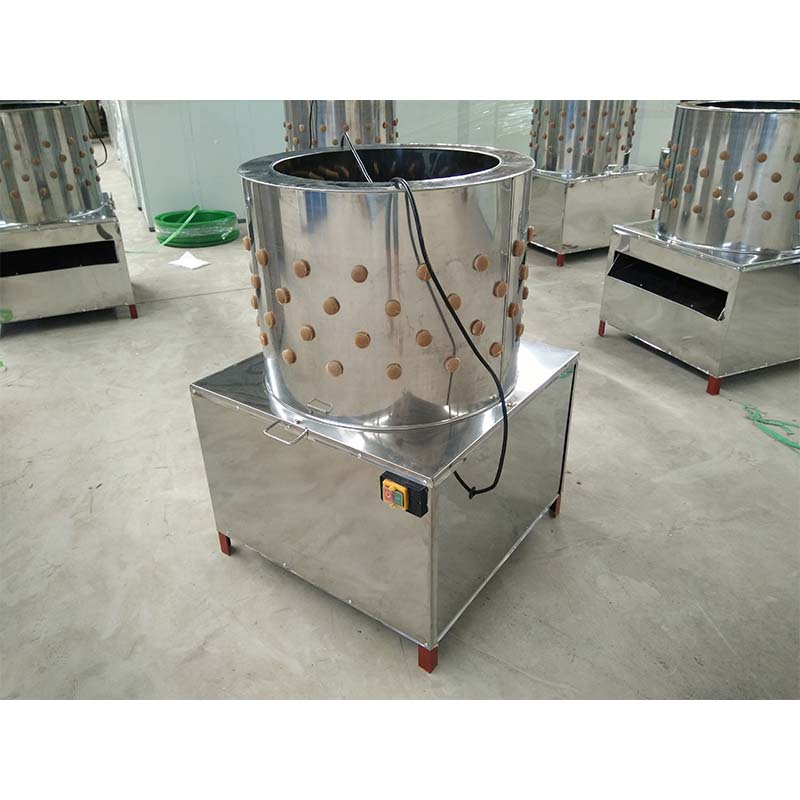Effective Evaporative Cooling Pads for Enhancing Greenhouse Climate Control Systems
Dec . 03, 2024 22:52 Back to list
Effective Evaporative Cooling Pads for Enhancing Greenhouse Climate Control Systems
The Importance of Evaporative Cooling Pads for Greenhouses
As agriculture faces the dual challenges of climate change and increasing food demand, greenhouse technology plays a crucial role in ensuring optimal growing conditions for crops. Among the various systems employed in greenhouses, evaporative cooling pads stand out as an efficient solution for temperature regulation. This article explores the benefits, mechanisms, and implementation of evaporative cooling pads in greenhouse environments.
Understanding Evaporative Cooling
Evaporative cooling is a natural process where water absorbs heat from the air as it evaporates, leading to a decrease in air temperature. In essence, it capitalizes on the heat exchange that occurs when water transitions from liquid to vapor. This principle has been harnessed in various applications, particularly in hot and dry climates, making it an ideal solution for greenhouse cooling.
Mechanism of Evaporative Cooling Pads
Evaporative cooling pads are typically made from materials such as thick cellulose paper or other synthetic materials that have high water-retention properties. They are designed to increase the surface area of the water, facilitating efficient evaporation. When warm air passes through these pads, the water within evaporates, absorbing heat and dropping the air temperature significantly before it enters the greenhouse.
The system generally involves a water supply that continuously saturates the cooling pads. Fans installed within the greenhouse draw in hot air and push it through the damp pads, replacing the cooler air that has been conditioned by the evaporation process. This not only lowers the internal temperature of the greenhouse but also maintains humidity levels, crucial for the growth of many plants.
Benefits of Using Evaporative Cooling Pads
1. Energy Efficiency One of the most significant advantages of evaporative cooling pads is their energy efficiency. Compared to traditional air conditioning systems, evaporative cooling consumes far less energy, leading to reduced operational costs in the long run.
2. Environmentally Friendly As a natural cooling method, it uses water rather than harmful refrigerants, making it an eco-friendly choice for greenhouse operations. It also minimizes the carbon footprint associated with cooling systems.
evaporative cooling pads for greenhouse

3. Improved Crop Yield The ability to maintain optimal temperature and humidity levels contributes to improved plant health and increased yields. Many crops thrive in cooler, humid environments, which help to prevent heat stress.
4. Cost-Effective Installation and Maintenance Installing evaporative cooling pads is relatively straightforward and less expensive than conventional HVAC systems. Furthermore, they require minimal maintenance, allowing growers to focus on their crops rather than on equipment upkeep.
Considerations for Implementation
While evaporative cooling pads offer numerous advantages, certain factors must be considered before implementation.
- Climate Conditions The effectiveness of evaporative cooling is significantly influenced by the local climate. In areas with high humidity, the evaporation rate may be lower, making these systems less efficient. Therefore, evaluating the local environment is essential.
- Water Supply A reliable water source is crucial for the efficient functioning of cooling pads. In water-scarce regions, proper water management practices must be put in place to ensure sustainability.
- System Design Proper design and placement of the cooling pads, fans, and air distribution systems are vital to maximize efficiency. A well-designed system can ensure even cooling throughout the greenhouse.
Conclusion
In the evolving landscape of modern agriculture, evaporative cooling pads represent a sustainable, cost-effective solution for greenhouse climate control. By harnessing the power of evaporation, these systems not only enhance plant health and productivity but also contribute to energy conservation and environmental sustainability. As growers continue to seek innovative methods to combat heat stress and optimize crop production, evaporative cooling pads will undoubtedly remain a crucial component of greenhouse technology in the years to come.
-
Automatic Feeding Line System Pan Feeder Nipple Drinker|Anping County Yize Metal Products Co., Ltd.
NewsJul.30,2025
-
Automatic Feeding Line System - Anping Yize|Pan Feeder,Nipple Drinker
NewsJul.30,2025
-
Automatic Feeding Line System - Anping County Yize Metal Products Co., Ltd.|Pan Feeder, Nipple Drinker
NewsJul.30,2025
-
Automatic Feeding Line System-Poultry Farming|Chicken Feeding&Watering
NewsJul.30,2025
-
Automatic Feeding Line System - Anping County Yize Metal Products Co., Ltd.|Pan Feeder Nipple Drinker,Broiler Farming
NewsJul.30,2025
-
Automatic Feeding Line System Pan Feeder Nipple Drinker-Anping County Yize Metal Products Co., Ltd.
NewsJul.30,2025






